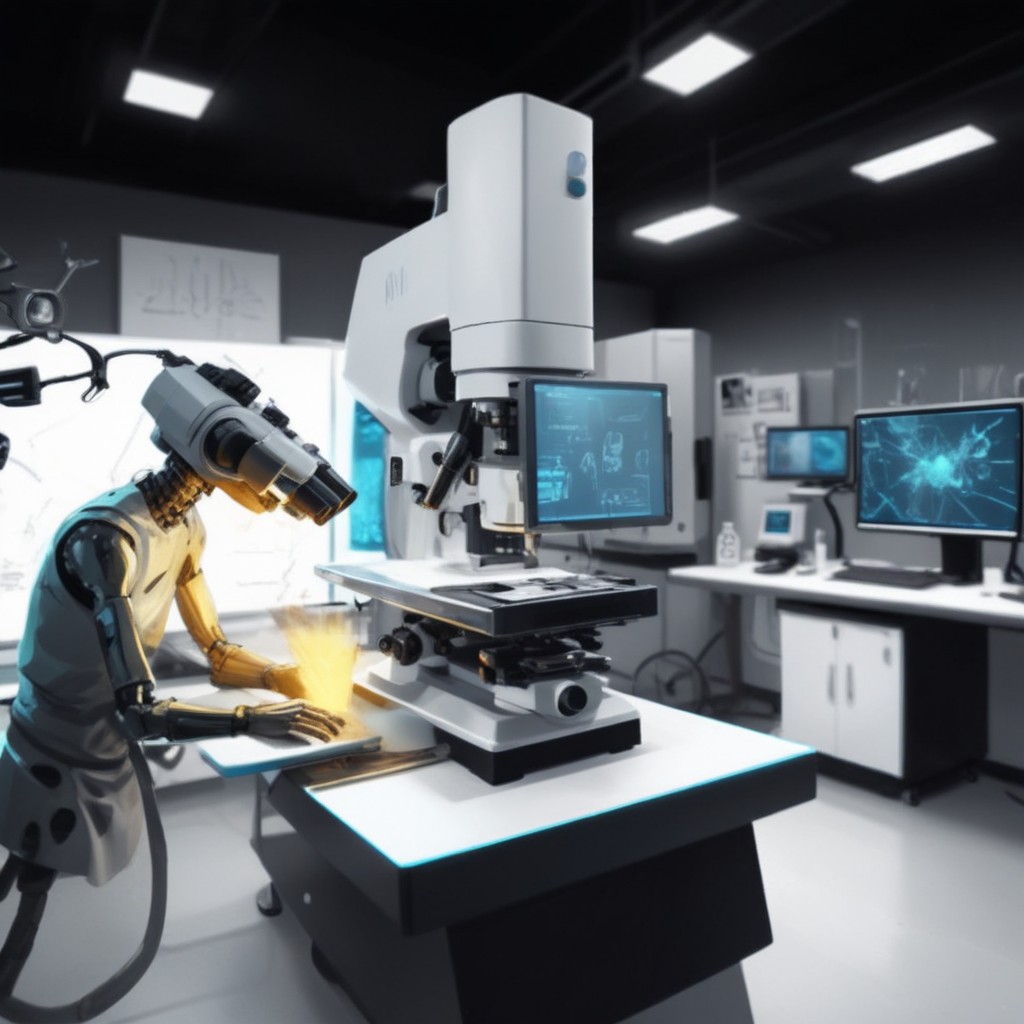
Students will use AI to design a Scanning Electron Microscope as their Lab Exercise.
For non US Timezones, we split our normal 3 day course into 5 half-day modules. This allows us to deliver remotely on a world-wide basis. For training in Europe, we are partnered with our friends at oose.
If you've been wondering how to use AI to dramatically accelerate your systems engineering work, this class is for you. At the end of this class, students will be familiar with "the four pillars of SysML"(Requirements, Structure, Behavior and Parametrics), and will also know how to structure their SysML models to account for software, then generate User Interface Code from Behavior Models, Database Code from Structure Models, and Microcontroller Code from State Machines. Importantly, you'll learn how to use AI as a "subject matter expert" in defining the system/software model.
Students will model a Scanning Electron Microscope (both hardware and software) as their lab exercise, learning how to ask the right questions (i.e. prompts) to get help from AI in constructing the model.
Also, if you've ever wondered why most SysML processes pretend that software doesn't exist and how we can (and must) do better than that, this class is definitely for you. AIM Process addresses Hardware/Software Co-Design in a seamless, holistic manner. Watch "Without Software there is no System" on YouTube.
Watch an in-depth description of AIM Training on YouTube.
Read our FAQ (including pricing).
5 HALF-DAY COURSE AGENDA
Monday
-
Introduction to AIM Process
- What is AIM Process?
- "Without software, there is no system"
- A Process Roadmap for Hardware/Software Co-Design
-
AI Acceleration in MBSE
- How AI accelerates MBSE
- Developing AI Personas and Agents
- AI as a subject matter expert
- AI as a design assistant
- AI as a code generator
- Effective prompting strategies
-
Scanning Electron Microscope Example
- Introduction to the SEM example
- Relevance and application of AIM in SEM
-
SysML Basics and Introduction to SysML v2
- Overview of SysML
- Key elements and diagrams in SysML
- Introduction to SysML v2: benefits and new features
-
Tuesday
-
Domain Modeling
- Importance of domain modeling
- Hands-on Lab Session: Domain Modeling
- Students use AI to help create a Domain Model for the SEM
-
Requirements Engineering
- Writing clear requirements
- Using AI to enhance requirements gathering
- Zigzag Prompting
- Deep Dive Prompting
- Hands-on Lab Session: Requirements Modeling
- Students use AI to help gather and write requirements for the SEM
-
Use Cases
- Importance of use cases in MBSE
- Writing effective use cases
- AI for writing use cases, focusing on alternate and exception behavior
- Automated Executable Wireframes
- Creating and validating wireframes
- Hands-on Lab Session: Use Cases
- Students use AI to help write use cases and create wireframes for the SEM
Wednesday
-
Logical Architecture
- Overview of Logical Architecture
- Key components and their relationships
-
Domain-Driven Logical Architecture
- Subsystem decomposition
- Object-Oriented Approach in MBSE
- Benefits of an object-oriented approach
- Comparing with traditional methods
- Avoiding Item Flow Violations
- Strategies to prevent item flow violations
- Common pitfalls and how to avoid them
- Developing Logical Models
- Hands-on exercises with logical models
- Hands-on Lab Session: Logical Architecture
- Students use AI to develop a Logical Architecture for the SEM
-
Physical Architecture and Parametrics
-
Physical Architecture
- Key components and their relationships
- Using AI to identify components
- Trade studies
- Hands-on Lab Session: Physical Architecture
- Students use AI to develop a Physical Architecture for the SEM
-
Introduction to Parametrics
- How parametrics enhance MBSE
- Developing Parametric Models
- Hands-on exercises with parametric models
- Hands-on Lab Session: Parametrics
- Students use AI to develop Parametric Models for the SEM
Thursday
-
Software Development
-
Microcontroller Code Generation
- AI-driven code generation for microcontrollers
- Hands-on Lab Session: Microcontroller Code Generation
- Students use AI to generate microcontroller code for the SEM
-
Database Code Generation
- AI-driven code generation for databases
- Introduction to MongoDB and MERN Stack
- Hands-on Lab Session: Database Code Generation
- Students use AI to generate database code for the SEM
-
User Interface Code Generation
- AI-driven code generation for user interfaces
- Introduction to React JS
- Hands-on Lab Session: User Interface Code Generation
- Students use AI to generate user interface code for the SEM
-
Friday
-
Testing and SysML v2
-
Testing in MBSE
- Strategies for effective testing
- Hands-on Lab Session: Testing
- Students use AI to develop test cases for the SEM
-
Generating SysML v2 Models
- Introduction to SysML v2
- Benefits and new features
- Practical examples and exercises
- Hands-on Session: Generating SysML v2 Models
- Guided exercise on generating SysML v2 models


